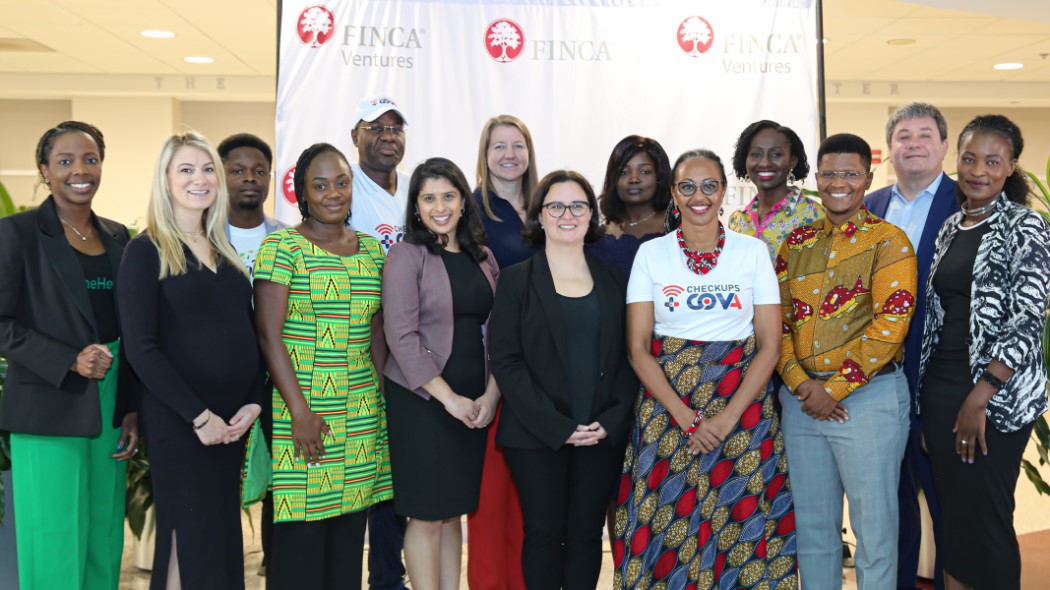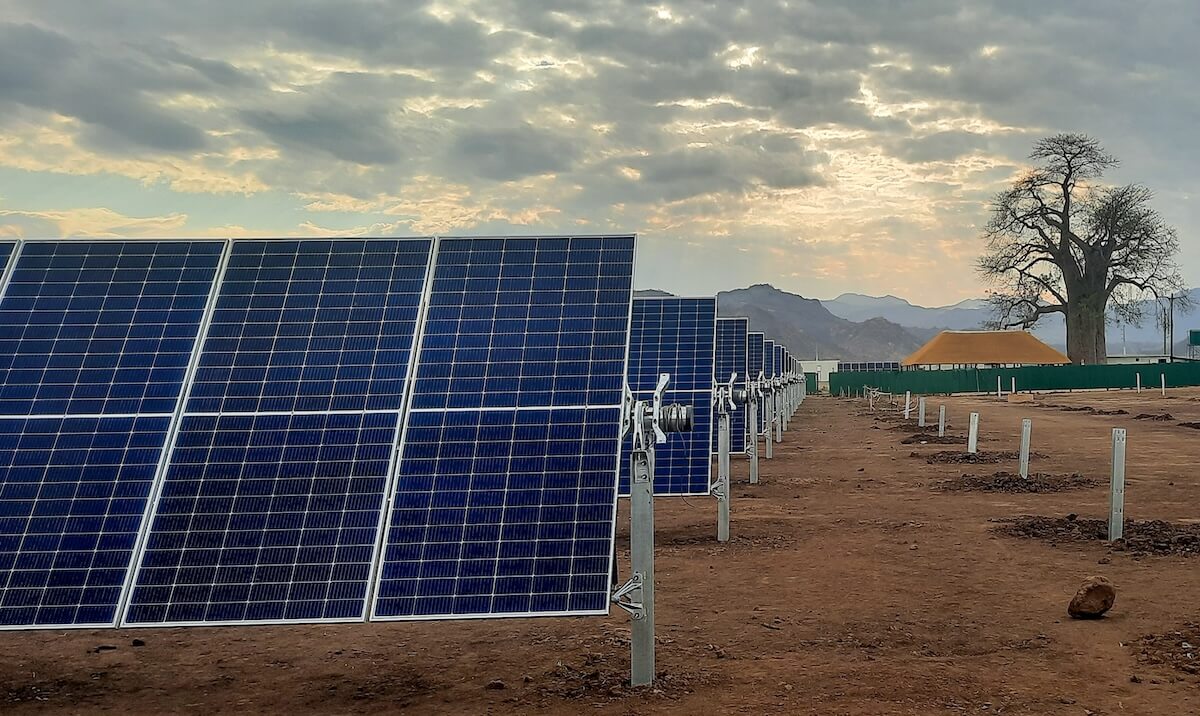ImpactAlpha, May 12 – A handful of philanthropic foundations have committed themselves to align 100% of their endowments with their social impact missions. Even before most of them reach that goal, some foundation leaders are raising the bar.
The new stretch goal: changing who deploys the assets in the first place.
The Heron Foundation in 2016 announced it had met its goal to screen its endowment investments for such ‘alignment.’ But there was still more to do to fulfill Heron’s mission of helping people in communities help themselves out of poverty. The next step for the $300 million foundation is to move capital and deployment decision-making – that is, power – into the hands of community leaders themselves.
The New York-based foundation plans to move its capital downstream in five to 10 geographies over time. So far, it has helped build one such local investment committee to which it will soon turn over investment authority to commit Heron’s assets without further approval or ratification. The idea is to go from “listening” to communities to empowering them.
“We’re just the asset owner,” Heron’s Dana Bezerra told ImpactAlpha. “Instead of extracting the wisdom from these communities in order to make deployment decisions, why don’t we start a process of handing over the deployment?”
The key, Bezerra said, is to find places that have “agency” and notions – even wild and scattered ones – of what they are trying to become. “Our role is to speed that agency and accelerate it and not put our fingerprints all over it.”
At first Heron will maintain deployment authority while working with local advisors. In the second stage, the foundation will cede control to a local partnership but keep the assets as a sub-account on Heron’s balance sheets. In the third stage, Heron will cede the sub-account altogether along with some “dry powder,” or additional capital, to a local partnership.
Heron joins smaller nonprofit funds that are going even farther in putting investment decision-making power into the hands of community members.
The Boston Ujima Fund is democratically controlled by community members in Boston’s working class neighborhoods, who vote on impact objectives and investment decisions. In California, the REAL People’s Fund was created by five community organizing groups, including Restore Oakland and Communities for a Better Environment, to finance entrepreneurs of color. A community development financial institution, Community Vision, along with the Runway Project, administers the fund, but decision-making stays with the community groups.
Oakland’s community capitalists are modeling an inclusive economy
Bezerra said Heron hopes more investors will embrace the model. “If there’s a group of locals who are feeling compelled to be able to make their own investments, and to do it in service to their community, I hope that attracts capital,” she said.
Structural change
The COVID crisis has brought renewed focus on structural inequalities in the economy. The move from Heron is part of an emerging shift in philanthropic strategies toward deeper structural change.
Even before many foundations fulfill their commitments, or even commit in the first place, to deploy endowment assets toward their social missions, some philanthropic leaders seem to be cooling on the potential of impact investing.
At this week’s online Mission Investors Exchange national conference, the Rockefeller Foundation’s Rajiv Shah said even record inflows to so-called ESG funds (for environmental, social and governance) represented a pittance in relation to the scale of the challenges.
“I just don’t think $10.5 billion a quarter in ESG funds is going to do anything to change the nature of our society, and we deserve a discussion of a more bold set of actions,” Shah said on the event’s opening panel. He called four a doubling or tripling of the Earned Income Tax Credit, green infrastructure investments and progressive tax policies “that are far more consequential in terms of achieving the equity, and sustainability goals that we are setting for ourselves.”
“I look at the scale of what we’re dealing with today and am worried that it’s just not big enough as an instrument yet to change the nature of inclusion and sustainability in the modern economy,” he said.
Talking system-change and impact investing at Mission Investors Exchange
“Now is the time for a real structural change agenda… not just a pilot program,” agreed Robert Ross of the California Endowment. He said impact investors have the experience and knowledge to advocate for a “national agenda for reorienting capitalism with an equity lens.”
Judy Belk of The California Wellness Foundation added, “We can’t grant-make our way out of this. We can’t PRI (for program-related investing) our way out of this. It’s really talking about system change.”
Endowment journeys
The emphasis on structural change comes as a number of foundations report progress in shifting at least some of their endowment assets to impact.
The Rockefeller Brothers Fund, for example, says its portfolio has outperformed the market, five years after it began divesting its endowment of fossil fuels. The foundation released data showing average annual returns of 7.76%, compared to 6.71% for an index portfolio that included coal, oil, and gas holdings. About 15%, or $178 million, of the Rockefeller Brothers Fund portfolio includes proactive impact investments funds including Generation Climate Solutions, Turner Multifamily Impact Fund and Elevar Equity III.
Historical conventional energy returns back in 2014 would not have suggested a fossil fuel divestment strategy would outperform. RBF, which had supported climate groups like Carbon Tracker, was looking at other data. “There was a very compelling evidence that was growing and scientific evidence that oil companies were going to have stranded assets,” says RBF’s Gerry Watson. As awareness around the dangers of climate change grew, she told ImpactAlpha, “we believed that it was going to start to negatively impact the finances of the fossil fuel companies.”
Not owning fossil fuel investments proved advantageous in the first-quarter of 2020, according to RBF’s data. The value of the fund’s endowment declined by about 11%, less than the benchmark, which fell by more than 15%.
The Nathan Cummings Foundation said it has moved more than $180 million to new impact investments and divested from another $100 million in unaligned funds in the two years since it announced (in ImpactAlpha) that it would align its $450 million portfolio with its mission.
“It is a journey and not a destination,” Rey Ramsey, the foundation’s interim president, told ImpactAlpha. The foundation worked with Global Endowment Management, which manages its endowment, to apply the Impact Management Project principles to its multi-asset class portfolio.
The foundation says it’s too early in the process to comment on performance but that one of the “core beliefs that underpinned our commitment in the first place was that we could increase our mission impact and meet our financial goals,” said the foundation’s Bob Bancroft.
The Ford Foundation is building one of the largest mission-related investment portfolios as part of a commitment to deploy $1 billion over 10 years from its $13 billion endowment. In a post-COVID world, “those of us who lead foundations will be called to think more creatively about how we use all of our tools beyond the 5% grant making,” said Ford Foundation’s Darren Walker to kick off MIE.
Like the Ford Foundation, the Rockefeller Brothers Fund and Nathan Cummings Foundation see shifting endowment assets to diverse fund managers as a key strategy for increasing impact. A growing body of research suggests implicit bias against funds and companies run by women and people of color is causing institutions like foundations to take on greater risk and leave returns on the table.
Rockefeller Brothers Fund’s Watson said the move to increase the foundation’s allocation to diverse-led funds was even easier to make than fossil-fuel divestment. “We could provide evidence that it was the right decision to make financially.”











